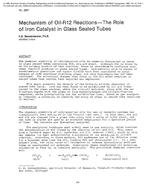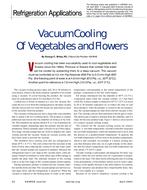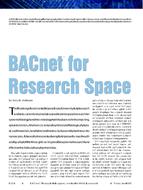Two light commercial building flexible research platforms (FRP) are being constructed on the Oak Ridge National Laboratory (ORNL) main campus as part of an American Recovery and Reinvestment Act (ARRA) funded project for a Maximum Energy Efficiency Laboratory. The FRPs will offer a unique capability of exposing ‘test buildings’ to natural weather conditions for purposes of R&D leading to building system and component -level advanced energy efficiency solutions for new and retrofit applications. The platforms provide the opportunity to prove solutions in a low risk environment so they can be deployed with speed and scale in actual commercial buildings. Initially each platform will accommodate one test building with simulated occupancy and miscellaneous electric loads (MELs) to serve as a baseline. The test building will then be modified to test a series of retrofits by replacing building envelope systems and HVAC systems over time. Performance will be monitored with an extensive suite of sensors, with data collected at 15 minute intervals. Comparisons can then be made between the measured performance of the whole building (and its individual components) and the corresponding energy modeling performance. This data will be also used to calibrate the building energy models, validate several EnergyPlus algorithms, and estimate the energy savings pre- and post-retrofit.
This paper introduces two major research areas of the FRP project; 1) Evaluation to facilitate seamless integration of Building Information Modeling (BIM) into building energy models (BEM), and 2) Calibration and validation of the building energy model with the detailed monitoring data. The BIM to BEM evaluation will explore the benefit of forming a direct connection between BIM and energy analysis software. The overall work flow of the integration process, as well as interoperability between BIM and energy analysis software, will be evaluated using existing building simulation packages having import/export capability. In energy modeling research, the modeling of the FRPs, measurement and verification (M&V), and further calibration of models will be investigated. This work could then serve as reference material for the building modeling community and building owners. The calibration – envisaged in this project will serve to generate confidence in the use of energy modeling tools and their predicted energy savings for small commercial buildings. In the long term, accurate modeling and M&V will result in increased energy savings, better data to assess financing for retrofits, as well as more accurate emissions predictions.
Product Details
- Published:
- 2012
- Number of Pages:
- 8
- File Size:
- 1 file , 1.4 MB
- Product Code(s):
- D-SA-12-C025
- Note:
- This product is unavailable in Russia, Belarus


